Any building products supplier who works with Jen Stockwell should be prepared to discuss, in detail, how its materials are sourced and manufactured. “When we take on a new vendor, there are those tough questions along the way, like ‘How are you doing this in a sustainable way?’” says Stockwell, owner of Stockwell Homes, a design-build firm serving the Twin Cities in Minnesota.
Even the product’s point of origin is a concern. “Are you importing from Italy?” Stockwell asks. “Do you realize the amount of carbon being emitted in just the transportation of these materials?”
For Stockwell, this line of inquiry is more than professional curiosity, it’s part of her value proposition. “When we’re educated about those things, we can educate our clients,” she says. “They really see that as a benefit.”
As the world grapples with climate change, builders and designers like Stockwell are increasingly prioritizing sustainability. That’s why they’re looking more closely at material composition, energy efficiency ratings, environmental practices, and third-party certifications in the materials they specify for their projects.
One area that offers great potential to curb a house’s carbon footprint: windows and doors. That’s because these elements are often the weakest points in a building’s thermal envelope — and the greatest area for improvement.
Understanding Embodied and Operational Carbon
When considering sustainable building materials, many builders focus on ways to curb ongoing carbon emissions that occur throughout the building’s lifespan, or operational carbon. While it’s a crucial strategy in our collective fight against climate change, there’s an equally important factor that can be overlooked: embodied carbon.
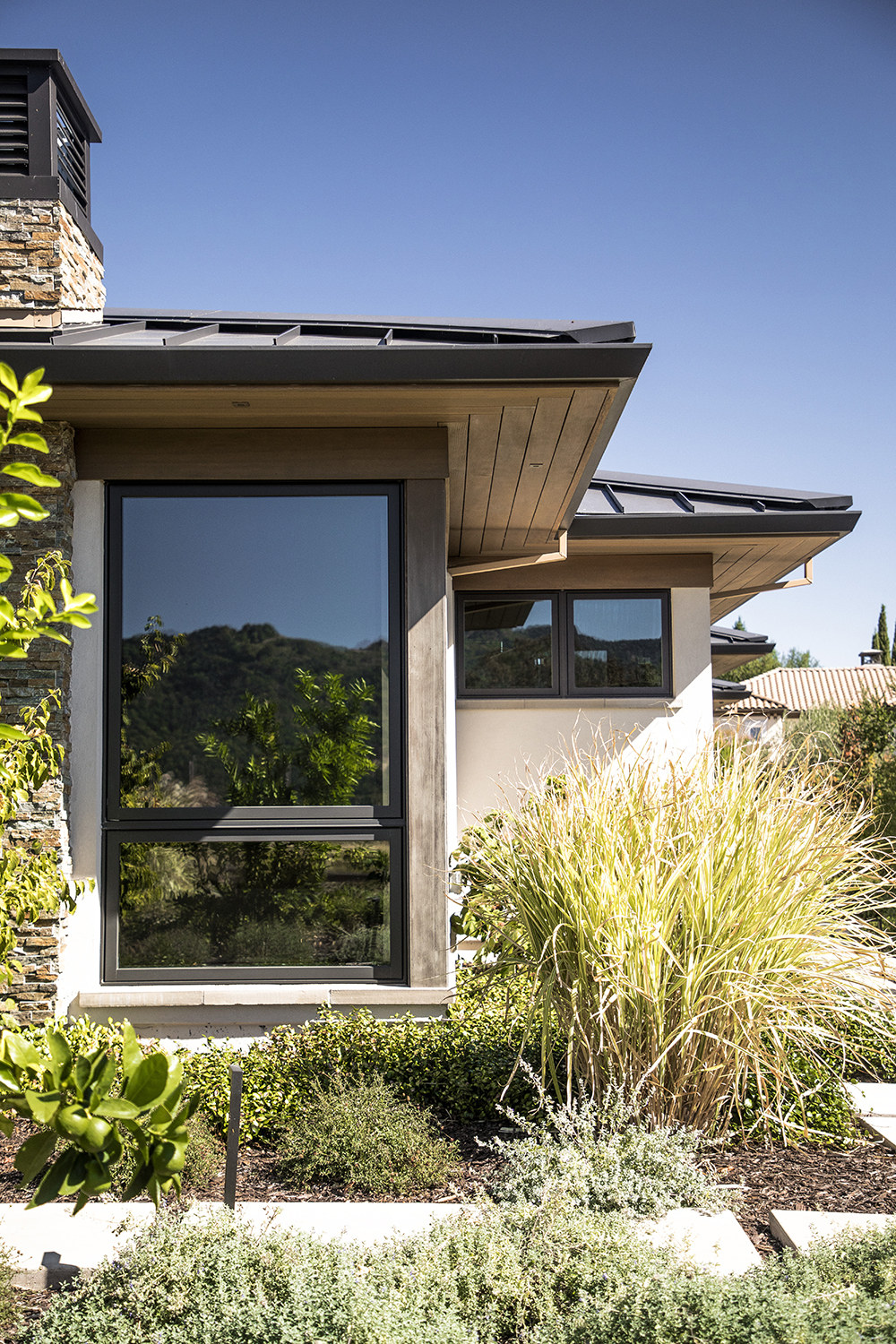
Embodied carbon is concerned with the emissions that occur throughout a product’s development, from raw material to finished product.
In the context of windows and doors:
- Embodied carbon: Includes the emissions from producing the glass, frame materials, coatings, and treatments, as well as transporting these components to the site.
- Operational carbon: Involves the energy savings from using energy-efficient windows and doors that reduce heating and cooling demands, thereby lowering a building’s overall energy consumption and associated emissions.
Considering the Complete Lifecycle
While operational carbon typically receives more attention due to its ongoing nature, the focus on embodied carbon is rising as builders and manufacturers recognize its vast global impact. That’s why manufacturers are being more transparent about their production processes and resource management.
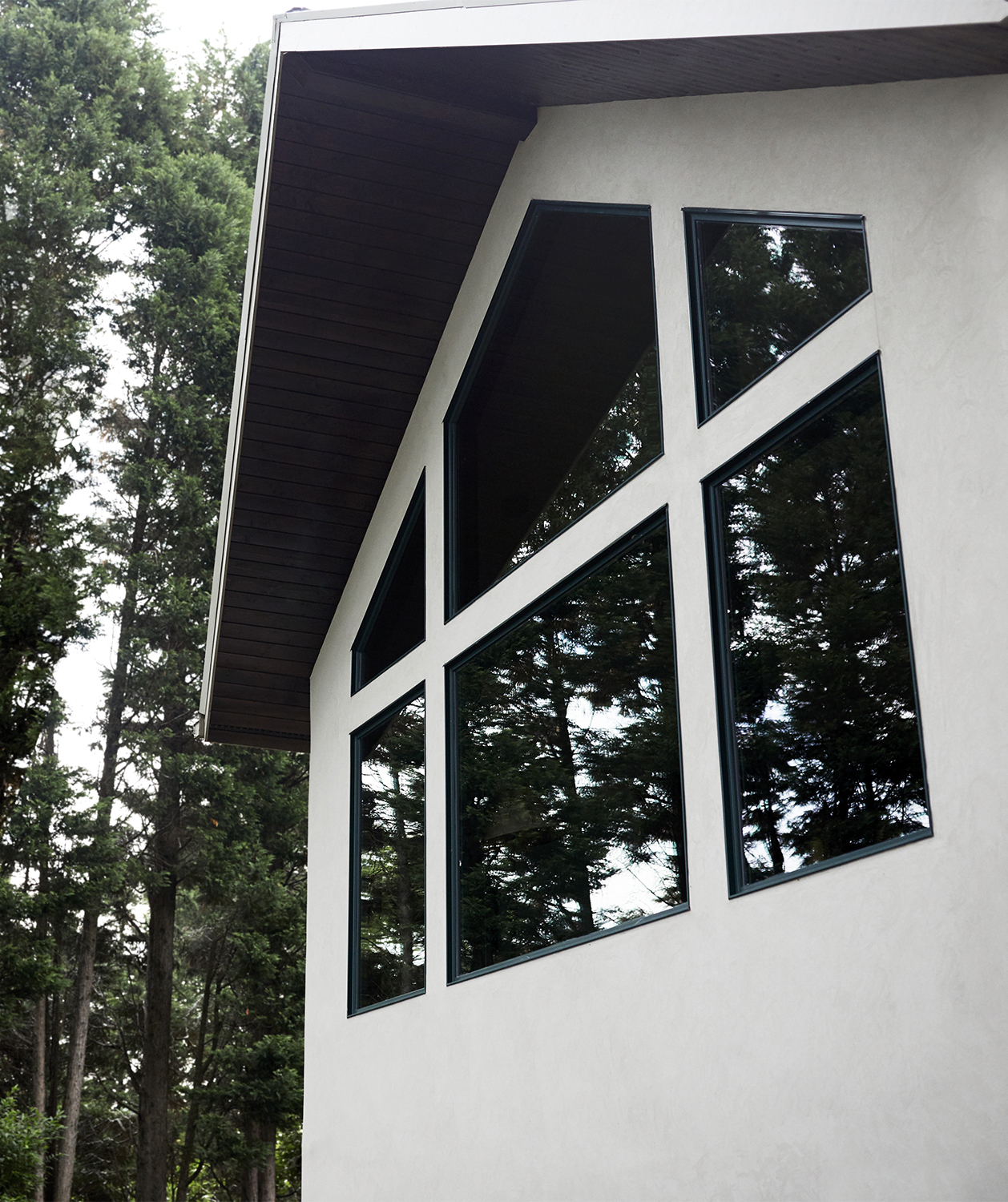
JELD-WEN is working on Environmental Product Declarations (EPDs) that provide a comprehensive analysis of the carbon footprint involved in the complete lifecycle of its products. EPDs help builders understand the broader environmental implications of their choices, beyond the operational phase. “We are committed to transparency and are working toward having Environmental Product Declarations for our windows and doors by 2025,” says Jason Kantola, North America Leader for Sustainability and Certification at JELD-WEN.
Stockwell takes a lifecycle approach, too. She’s concerned with not only how products are made and perform from an energy-efficiency standpoint, but also keeping them out of landfills. That’s why her firm partners with Better Futures Minnesota, an organization that salvages materials prior to demolition to reduce waste.
“Whether our clients are asking for it or not, if there are salvageable goods in the home that are worth anything to anyone, frankly, it’s worth our efforts to bring in a deconstruction crew who will carefully disassemble and transport salvageable goods to their warehouse,” Stockwell says. “They do a really lovely job. They’re trustworthy, they work hard, they come in, take everything, haul it away, and they’re able to resell it to people who need it.”
Examining the Label
Builders can also make more informed decisions by examining third-party labels, such as the one from the National Fenestration Rating Council® (NFRC®) that includes key metrics by which to measure window and door performance. The main components of the NFRC label include the following:
- U-Factor: The U-factor, or U-value, measures the amount of heat that flows through a window, including both the glass and the frame. U-factor values typically range from 0.2 to 1.2. A lower U-factor signifies better thermal efficiency.
- Solar Heat Gain Coefficient (SHGC): The SHGC indicates how well a product blocks heat from sunlight. It is particularly important for windows and skylights, especially in warmer climates. A lower SHGC means less solar heat is transmitted, which helps keep interiors cooler during hot weather.
- Visible Transmittance (VT): VT measures the amount of visible light that passes through a window, door, or skylight. Higher VT values mean more natural light transmittance, reducing the need for artificial lighting inside the building.
- Air Leakage (AL): This metric indicates the amount of air that passes through the joints of a window or door. Lower AL values mean less air infiltration, which improves the energy efficiency and comfort by maintaining indoor temperatures more effectively.
Driving Innovation
Building codes are also helping shape a cleaner future. For example, updates to the International Energy Conservation Code (IECC) are spurring manufacturers to develop more energy-efficient products.
“We expect the 2024 Energy Code to further tighten U-factor requirements, further propelling our product innovation efforts,”
Jason Kantola
But rather than react to code changes, JELD-WEN is anticipating future requirements by developing products that exceed current standards. To meet the increasing challenges posed by climate change, JELD-WEN has invested in innovative technologies such as triple-pane windows that nearly double the performance of traditional double-pane windows. “Triple-pane windows reduce heat flow and virtually eliminate condensation, providing both comfort and efficiency,” Kantola explains. JELD-WEN has also shifted away from highly conductive materials like aluminum, opting instead for premium and luxury wood windows and multiple, affordable vinyl window options, all of which offer better insulation.
Balancing Style and Sustainability
A common concern is whether sustainability compromises style. It’s a frustration Stockwell knows well. “It’s difficult to find products that meet both sustainability standards and contemporary design tastes,” she says.
While some manufacturers are slow to respond to changing preferences, JELD-WEN remains at the forefront of design. “We offer a variety of windows and doors that cater to styles ranging from traditional to modern, all while maintaining high energy efficiency standards,” Kantola says.
With JELD-WEN’s curated Style Collections, it’s easy to select from a myriad of windows and doors that match the architectural style and design needs of any home.
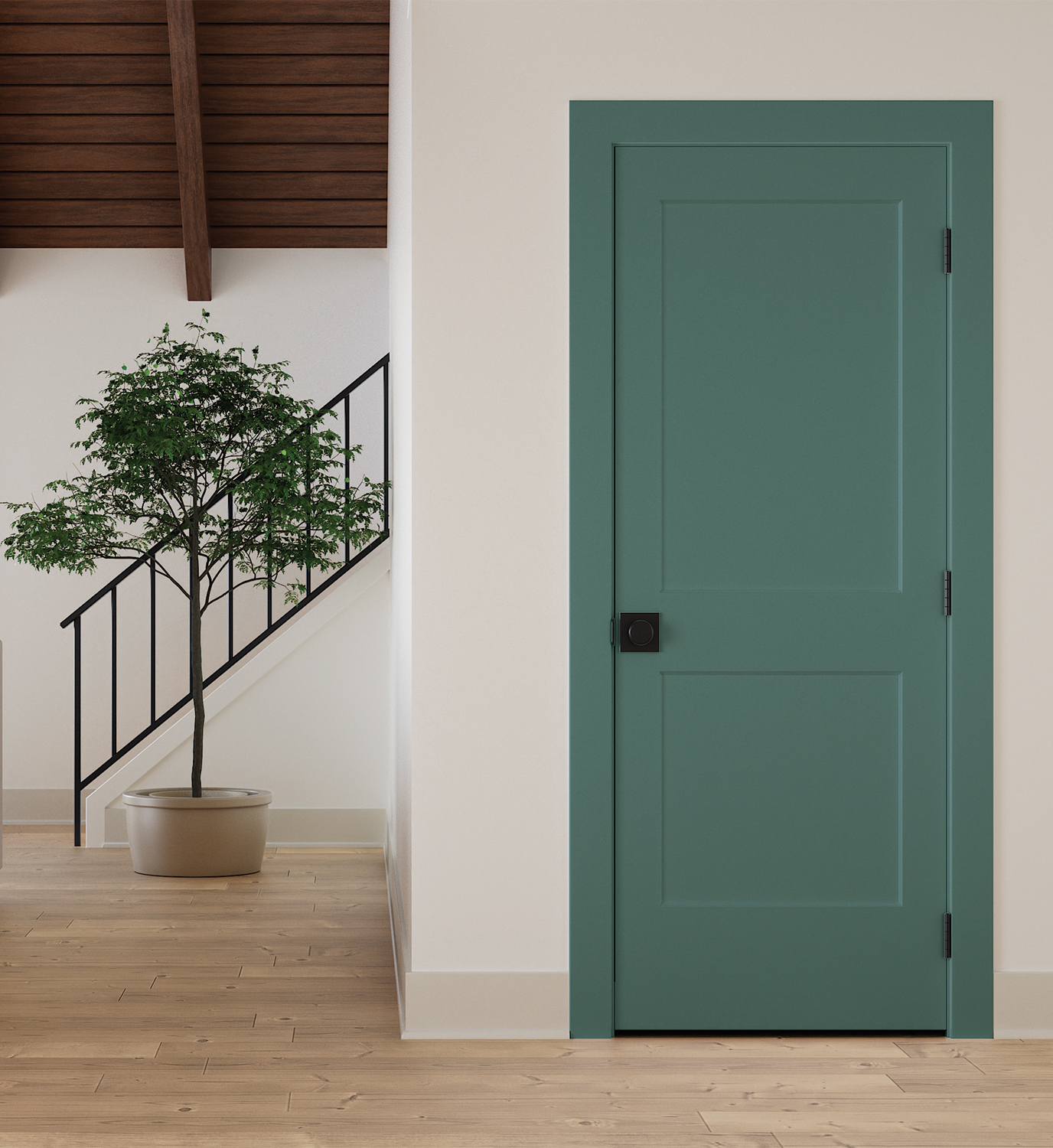
While it’s one thing to make sustainable products, it’s quite another to make them stylish and easy to find. That’s why JELD-WEN created Second Nature™, a collection of environmentally conscious interior doors. Eighty percent or more of the total weight of each door comes from recycled wood fiber and/or sustainable wood fiber sourced from certified forests. An assortment of panel designs is available to complement different home styles. This line of eco-conscious doors is available at major retailers.
“We’ve selected doors in a variety of styles and price points that demonstrate our progress toward sustainable manufacturing and circularity,” says Lindsay Tinnell, Doors Marketing Manager at JELD-WEN, “and we’ve packaged them in a collection to provide transparency and make it easy for homeowners and builders to find sustainable products to meet the needs of their projects.”
Balancing style and sustainability, every door in the Second Nature collection features door skins, engineered solid cores, and/or internal components constructed from recycled wood fiber (including wood waste produced from JELD-WEN millwork operations) and/or sustainable wood fiber sourced from certified forests. Additionally, these doors are SCS Global Services-validated for “No Added Urea Formaldehyde” as well as UL® GREENGUARD Gold Certified for Low Chemical Emissions, and they meet USGBC’s LEED® rating system requirements for material resources and indoor environmental quality credits. This allows builders to contribute to a more sustainable and healthy future, one door at a time.
NATIONAL FENESTRATION RATING COUNCIL and NFRC are registered trademarks of NFRC. LEED is a registered trademark of the U.S. Green Building Council. UL is a registered trademark of UL LLC.

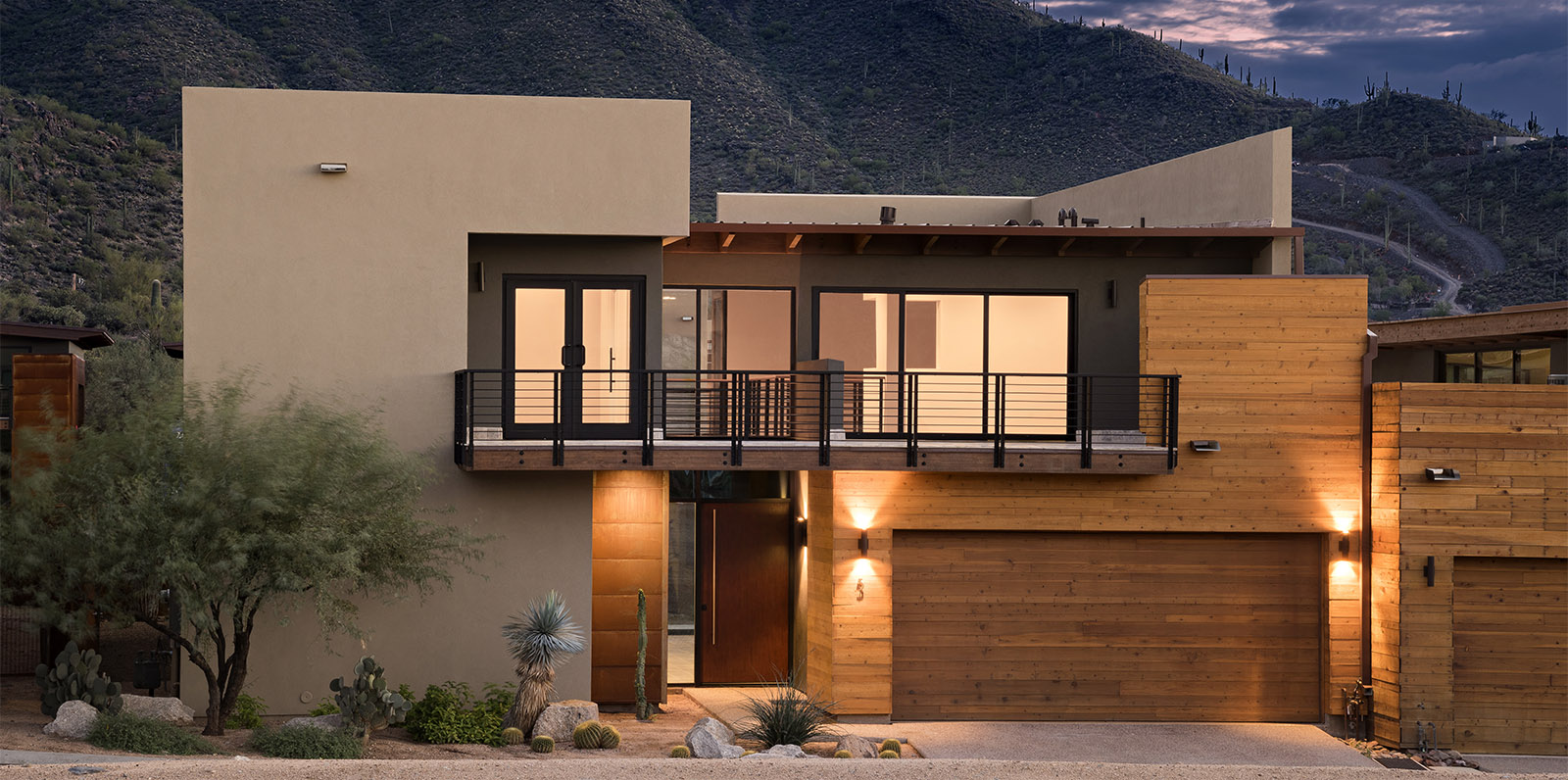
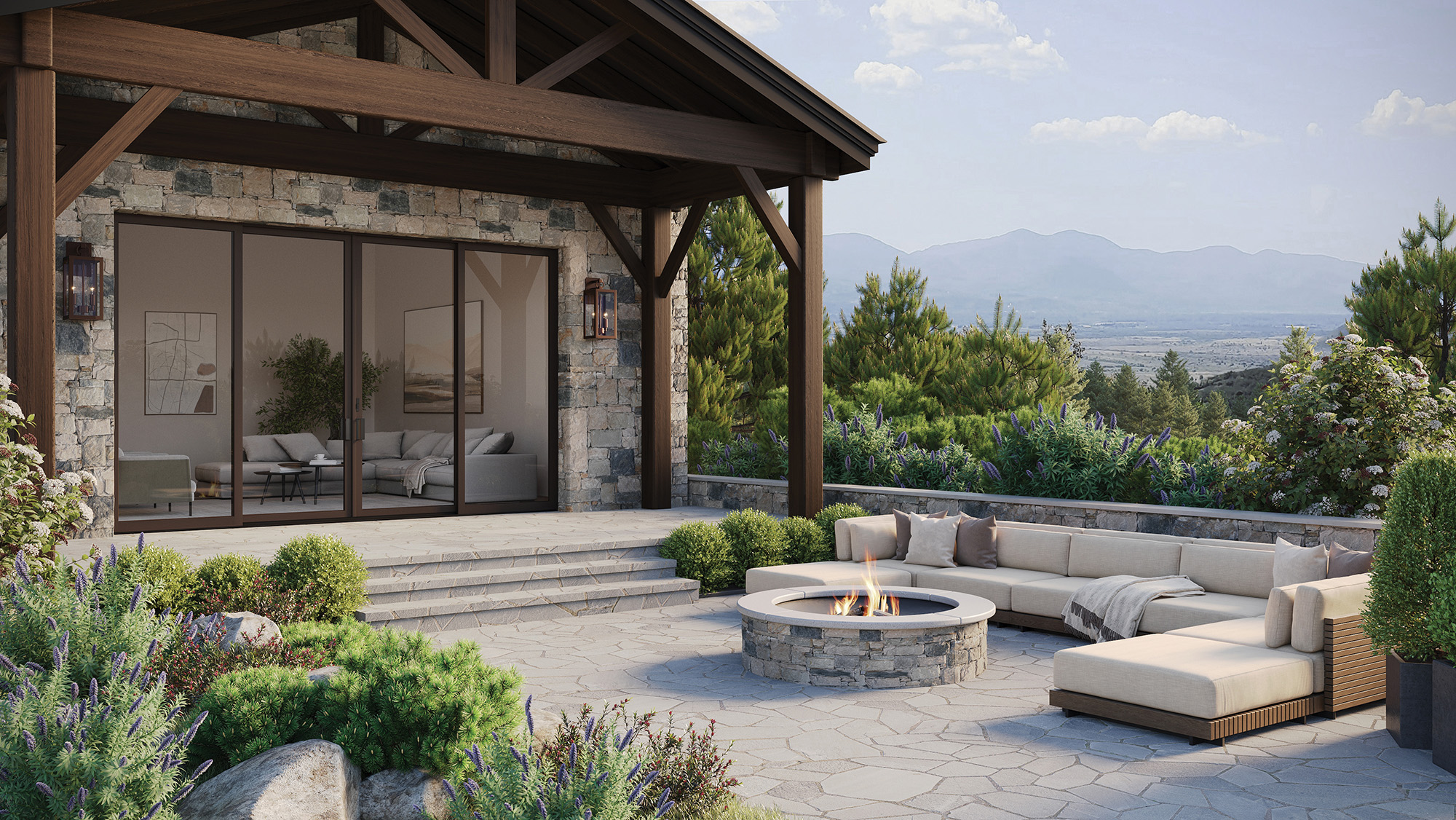
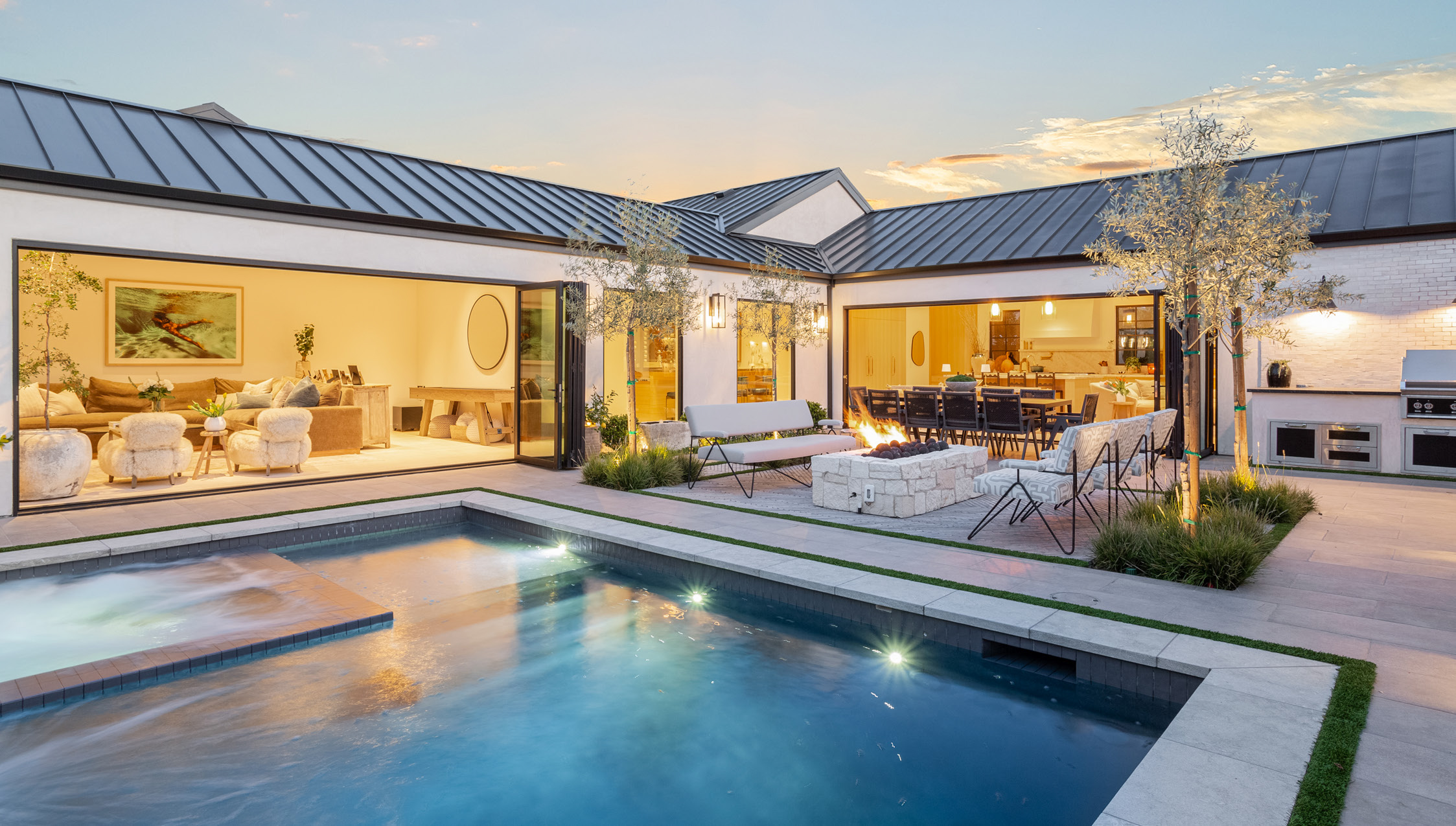
Comments are closed.